Fareham, The Quay c.1950
Photo ref:
F103005


More about this scene
Fareham Marina. Humanity ordained that the soldiers received basic nursing care, but many of them could not be nursed back to health, and died in a foreign land without family to mourn them. They were buried in a field nearby, which became known as Hospital Field. In 1943 workmen digging in the clay and gravel by the quay discovered a skeleton believed to be the remains of a French prisoner. Bones of other skeletons were also found. These prisoners both fascinated and terrified local people. These poor broken men were aliens in a hostile land, and a spectacle for curious people. Locals feared that the prisoners would spread disease. Some of the prisoners fared better because they were held in the relatively healthier environment of Portchester Castle. These men have left behind evidence of their incarceration in the carved animal bones, left-overs from their meals, that they fashioned to make games and combs. Some examples of their handiwork can be seen today at Westbury Manor Museum. Some people believe that the ghosts of these prisoners still roam the area. In the 1970s some of the quayside buildings were used for light industry. The workers in Miltall's and Palmer's factory reported supernatural activities such as desk lamps rising in the air, tools mysteriously transported from place to place, and an ethereal figure walking through a wall. Whether these phenomena actually occurred, or whether the prisoners simply haunt the imagination, is a matter of debate. Nevertheless, a stroll around the quayside today can still conjure up the past. While foreign sailors were imprisoned in hulks by the quay, some local people faced a different confinement in the workhouse. The Poor Law Act which had governed the administration of workhouses was amended in 1834. This resulted in the building of a new workhouse outside the town, which was designed by the famous architect Thomas Ellis Owen in 1836.
Add to Album
You must be signed in to save to an album
Sign inShare This Photo
Buy a Print
Unframed, Mounted, Framed and Canvas prints in a range of sizes and styles.
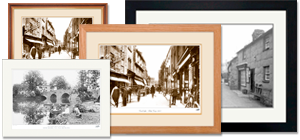
View Sizes & Prices
A Selection of Memories from Fareham
For many years now, we've been inviting visitors to our website to add their own memories to share their experiences of life as it was, prompted by the photographs in our archive. Here are some from Fareham
Sparked a Memory for you?
If this has sparked a memory, why not share it here?



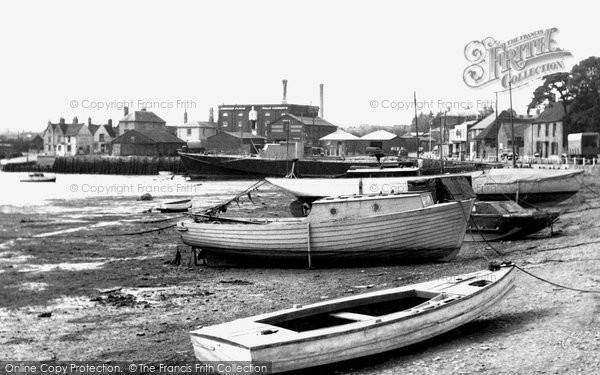
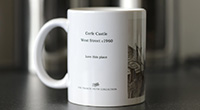
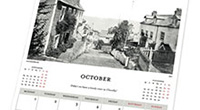
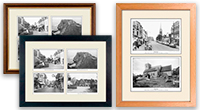
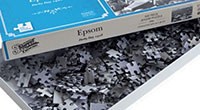
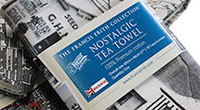

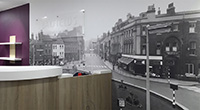

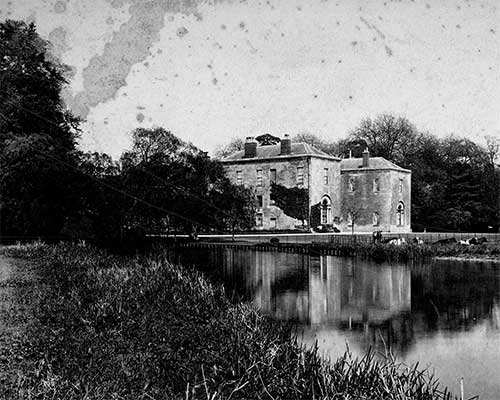 Before
Before
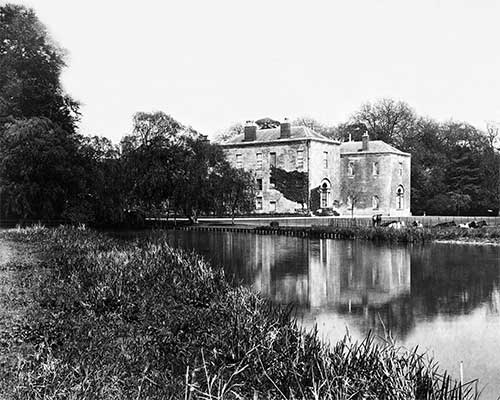 After
After